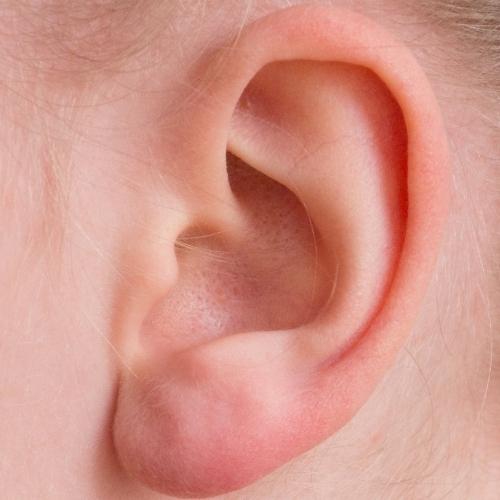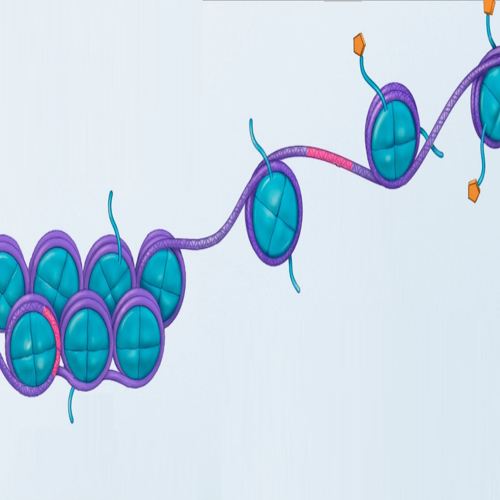Key points from article :
Scientists identified a natural barrier to the regeneration of the inner ear’s sensory cells, which are lost in hearing and balance disorders.
The hearing organ, cochlea, contains two major types of sensory cells: hair cells and supporting cells.
When hair cells incur damage, the resulting hearing loss is permanent.
For the first few days of life, lab mice retain an ability for supporting cells to transform into hair cells (transdifferentiation).
By one week of age, mice lose this regenerative capacity—also lost in humans
In supporting cells, genes that instruct transdifferentiation into hair cells are normally turned off.
Hair cell genes were kept primed to activate by the presence of H3K4me1.
With age, the supporting cells gradually lost H3K4me1.
“Our study raises the possibility to make epigenetic modifications that tap into the latent regenerative capacity of inner ear cells,” - Neil Segil, corresponding author.
Study by Keck School of Medicine of USC published in Developmental Cell.






